Table of contents
General Meaning of Chi Kung
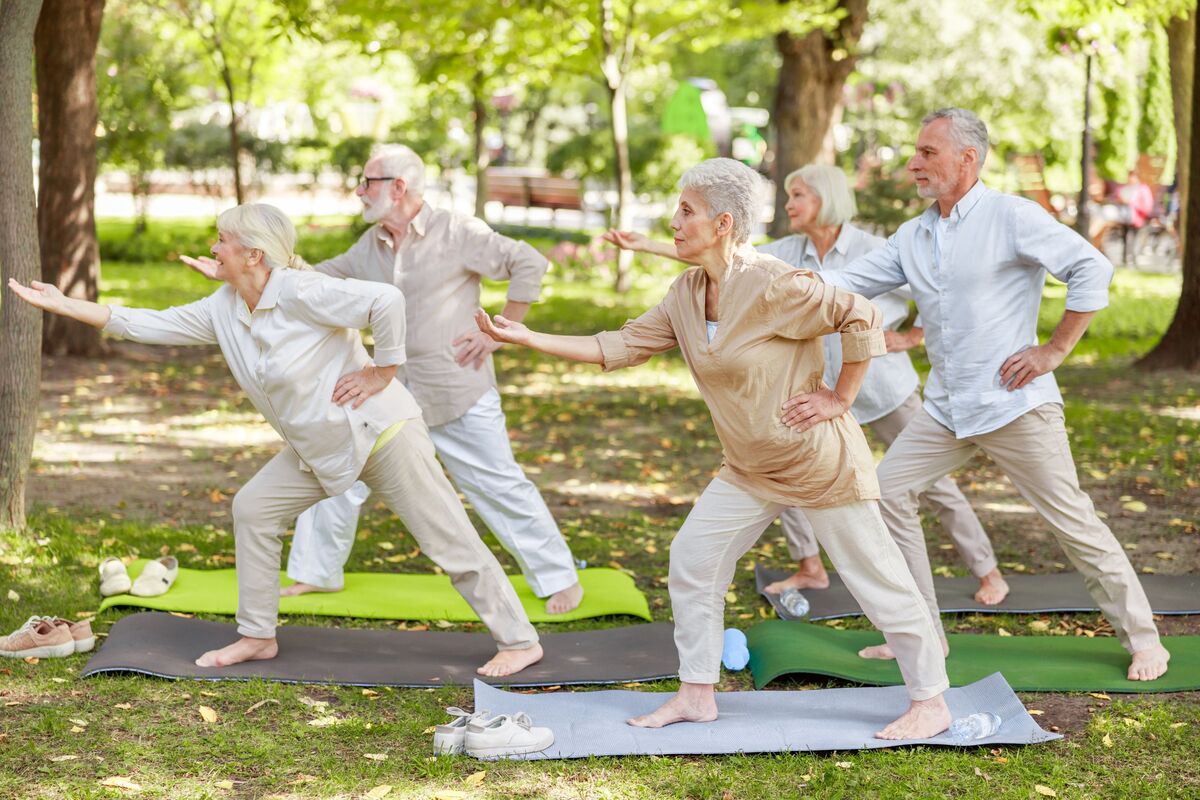
Chi Kung means training and development of energy. The word Chi means energy, and the word Kung means training or skill. Thus, Chi Kung is a traditional Chinese body arts practice, being an art that aims to develop the understanding that Chinese tradition has for vital energy.
In addition, Qigong has different types of schools that teach the practice, and all of them are derived from the main five. Each school has its own strands and goals, and also has its own Qigong systems.
In this article, you will see all the details and information about this practice, check it out!
Chi Kung, history, in Brazil, school and systems
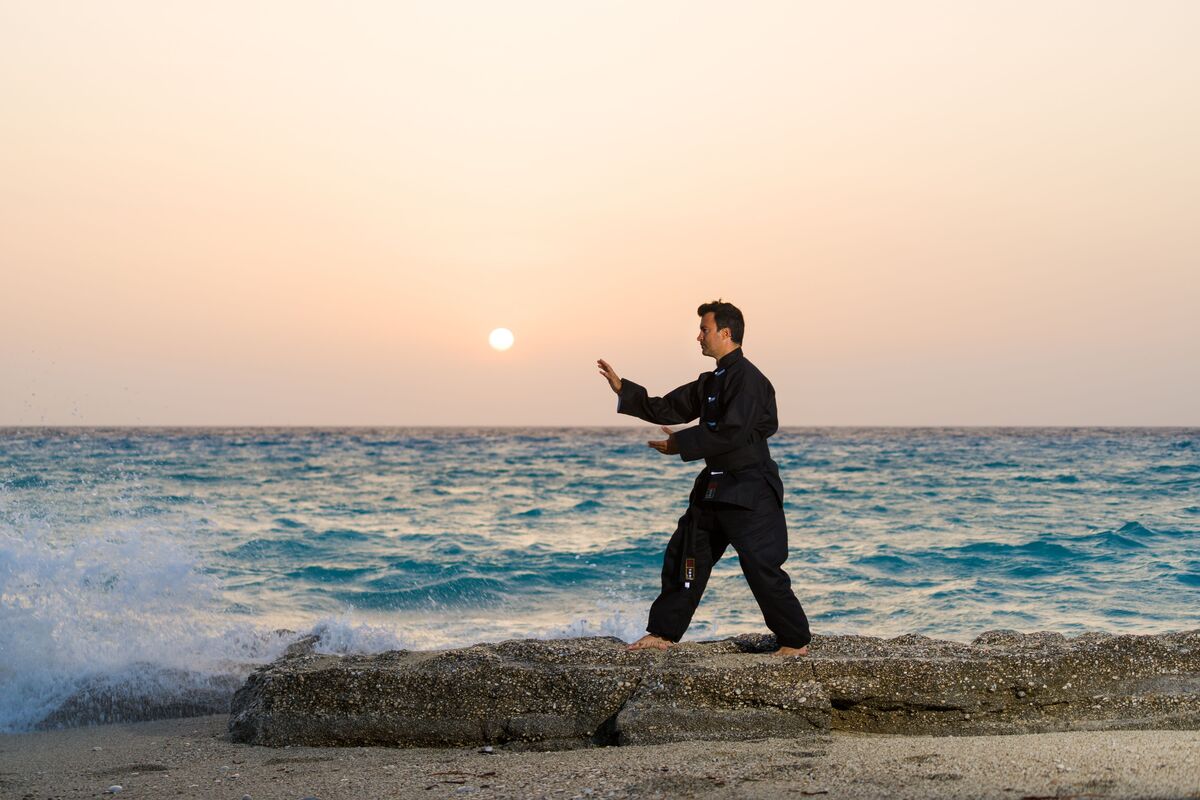
Chi Kung is a type of exercise that has been practiced for thousands of years by the Chinese and it is a technique destined for all those who seek inner well-being. In Brazil, the realization of this Taoist practice began in 1975 in São Paulo.
To learn more about this ancient Chinese practice, read on!
What is Chi Kung
Chi Kung is a type of ancient energy cultivation exercise, considered a traditional art from China. The technique, basically, consists in doing repetitions of sets of extremely precise movements, which aim to benefit the practitioner's health.
The History of Chi Kung
The practice of Chi Kung is the result of thousands of years of Chinese experience in the use of energy. This is a technique derived from other millenary techniques, and the Chi Kung practiced nowadays dates back to the time when it was systematized, a time known as Han dynasty.
Many believe that the legendary emperor of China, known as the Yellow Emperor, Huang Di, used to practice Chi Kung and, because of this, lived more than a hundred years.
During the periods from 419a.C. - 220d.C., which was marked by the war of the states of China, several sages and scholars of the time developed practices and philosophies. During this time, Chi Kung was very developed, because many believed that this was a means to achieve immortality.
Since then, Chi Kung has created various systems and customs, until arriving at the Chi Kung we know today.
Chi Kung in Brazil
In Brazil, Chi Kung received contributions from several Chinese masters who resided in the country. Liu Pai Lin and Liu Chih Ming started their transmissions of the practice in São Paulo, in the year of 1975. These practices were held in the Pai Lin Institute of Science and Oriental Culture and in CEMETRAC.
In 1986, master Wang Te Cheng arrived in Brazil, bringing with him the advanced Zhan Zhuang system, besides bringing several new varieties of Chi Kung techniques, which were quickly introduced in the country.
In 1988, master Cao Yin Ming became responsible for merging the traditional knowledge with the scientific instructions he had learned during his studies. This resulted in the creation of the Institute of Acupuncture and Qi Gong China-Brazil, which today is called the Institute of Acupuncture and Chinese Culture.
Finally, in 1990, the high priest Wu Jyh Cherng began to organize the group that originated the Taoist Society of Brazil.
Schools
In Chi Kung, there are different types of teaching schools. In general, all existing schools are branches of the five main schools.
The five main schools include the Therapeutic School and the Martial School, which aim to strengthen the body and mind to achieve their respective goals, while the Daoist School and the Buddhist School are aimed at spiritual development. Lastly, we have the Confucian School, which has intellectual development as its goal.
Systems
Chi Kung has several systems spread around the world, but we will talk about the most known and practiced.
Thus, the most well-known systems today are Wuqinxi (the game of the five animals), Baduanjin (the eight brocade pieces), Lian Gong (the palm of the five elements), Zhan Zhuang (standing still like a tree) and Yijinjing (renewal of muscles and tendons).
Objectives
In its practice, Chi Kung's main objective is to promote movement and the passage of IQ through the body. IQ moves through the body through energy channels, and Chi Kung aims to open certain doors in these energy channels so that IQ flows throughout the body freely.
Thus, Chi Kung also aims at strengthening the body and mind, as well as spiritual and intellectual development.
The practice
Overall, the practice of Chi Kung is composed of several exercises, and all of these are focused on improving the flow of IQ through the body.
The key point of the practice is relaxation and deep breathing, which are composed of some exercises and movements that aim to help the practitioner stay focused. Relaxation and deep breathing are prerequisites to allow the IQ to flow through the body freely.
The Benefits of Chi Kung
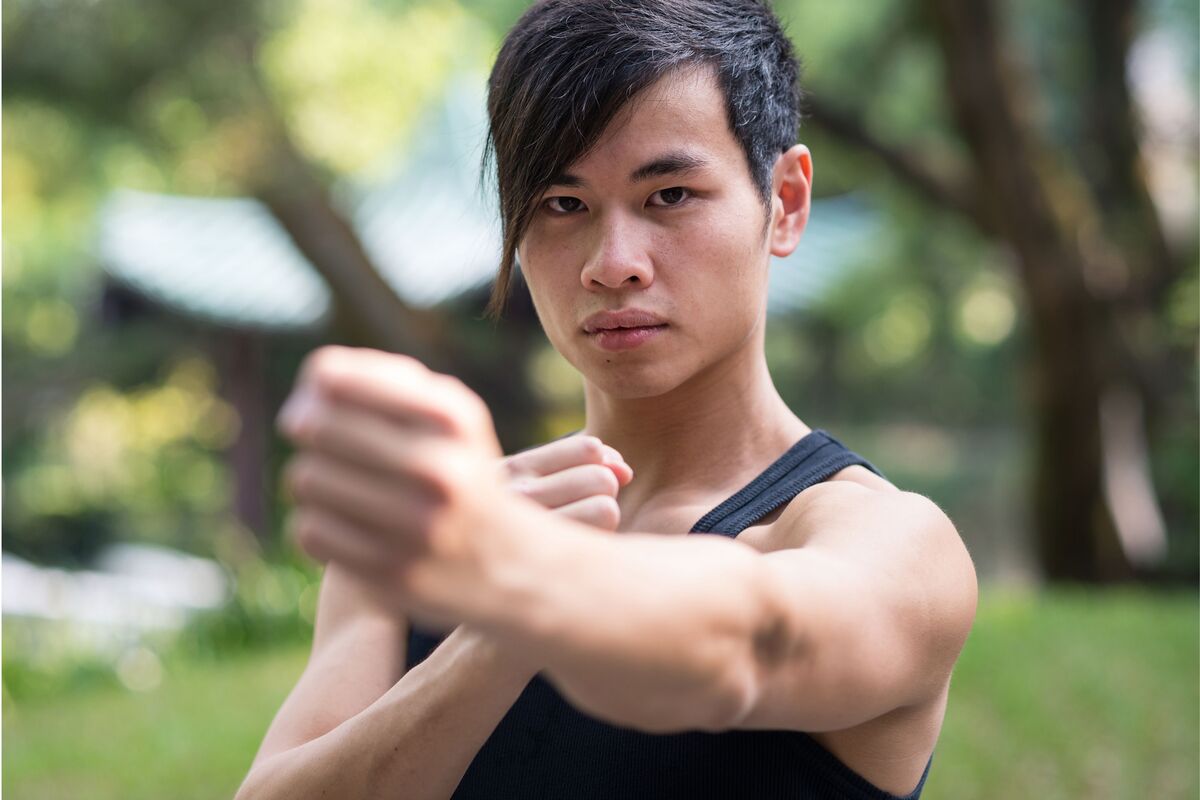
The practice of Chi Kung brings several benefits to the practitioner, benefits that can be felt in different ways, depending on the technique that the practitioner performed.
There are several practitioners who report that they feel the results almost instantly. They say they feel very relaxed and full of energy after the practice. Below, we will talk more about what benefits Chi Kung can bring to you. Check it out!
Relief from stress and anxiety
The practice of Chi Kung can help relieve stress and anxiety. This is because the practice works like a meditation in motion, and the movements help you stay totally focused on breath control. This promotes a great sense of relaxation in the body, which, in turn, ends up relieving stress and anxiety.
Thanks to the breathing exercises and the movements, the IQ can flow freely through the body, releasing all the tension and agitation present.
Posture flexibility and balance
Chi Kung has several types of movements, which, in turn, promote great body flexibility, besides also helping in the strengthening of the individual's bones and muscles.
Because of this, the practice of Qigong helps a lot in the posture, flexibility and balance of the body.
Energy
One of the main objectives of Chi Kung is to develop the vital energy known as IQ, and it is proven that the practice provides energy and disposition to its practitioners.
The reason why the practice brings energy to its practitioners is simple: it happens because all physical exercises rely on muscle activation. Due to muscle activation, there is an increase in heart rate, thus allowing the body to release endorphin, which is the hormone that brings this energetic feeling to the body.
Emotional balance
The practice of Chi Kung brings many benefits to its practitioners, and one of them is the emotional balance for its practitioners. Of course, to achieve this emotional balance, the constant practice of Chi Kung is necessary.
So, this emotional balance that Chi Kung brings happens because the practice increases the levels of serotonin, which is known as the hormone of pleasure. Because of this, negative emotions end up being reduced, making the person feel lighter and happier.
Improvement in the functions of the body
As all physical activities seek to promote the health of its practitioners, Qigong would not be different. The constant practice of Qigong helps to promote improvement in the body's functions, seeking to achieve the balance of the body.
Thus, the practice helps improve the practitioner's blood pressure and immunity due to its breathing techniques. In addition, it also helps in improving the digestive system and relieves headaches caused by the tension and stress of everyday life.
Inspirations from nature, Crane and turtle
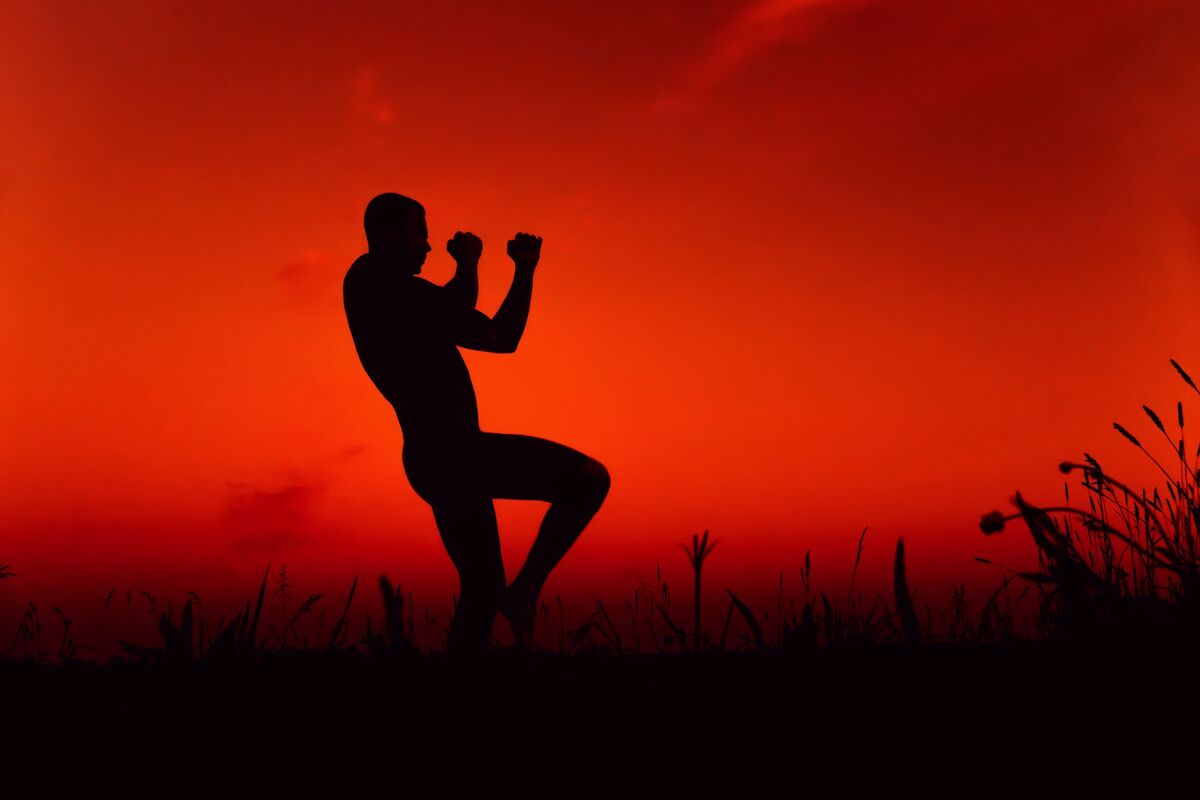
According to Chinese tradition, Daoist sages sought to understand the principles of nature to create the movements of Chi Kung. The various systems of Chi Kung are based on nature, such as some forms that are inspired by the movements of the Crane bird and the turtle, which in turn is a symbol of longevity for Daoists.
Thus, you can see more about the inspirations in the nature of Chi Kung below!
The inspirations in the nature of Chi Kung
The movements of Chi Kung, were created by the Daoist sages, who, in turn, sought to understand the principles of nature. The sages understood that nature works in perfect balance and that it could help them find that balance.
Thus, these wise men began to observe the animals and their movements and considered that some animals were more spiritualized. Then they began to copy their movements and adapt them in the form of meditation.
The Crane in Chi Kung
The Red-crested Crane is considered a sacred bird in China and Japan. For Daoists, this bird was a symbol of spirituality.
Two of the 12 forms of Chi Kung that were taught by Taiji Pai Lin practice were inspired by the Crane, and these forms were known as the "Crane Breath'' and the "Crane Step''. There are also 3 movements inspired by the Red-crested Crane, which are present in the sequence of "Exercises for the Health of the 12 Internal Organs''.
The Turtle in Chi Kung
The turtle is represented by various cultures around the world, with each culture having its own diverse understanding of what the animal represents. For Daoists, the turtle is an animal of great representation and is a symbol of longevity.
Thus, the Daoist sages created some movements associated with the turtle, being the "Turtle Breath'' and the "Turtle Exercise.'' Both movements are in the "12 Forms of Chi Kung'' and in the sequence of "Exercises for the Health of the 12 Internal Organs.''
Movements and breathing of Chi Kung
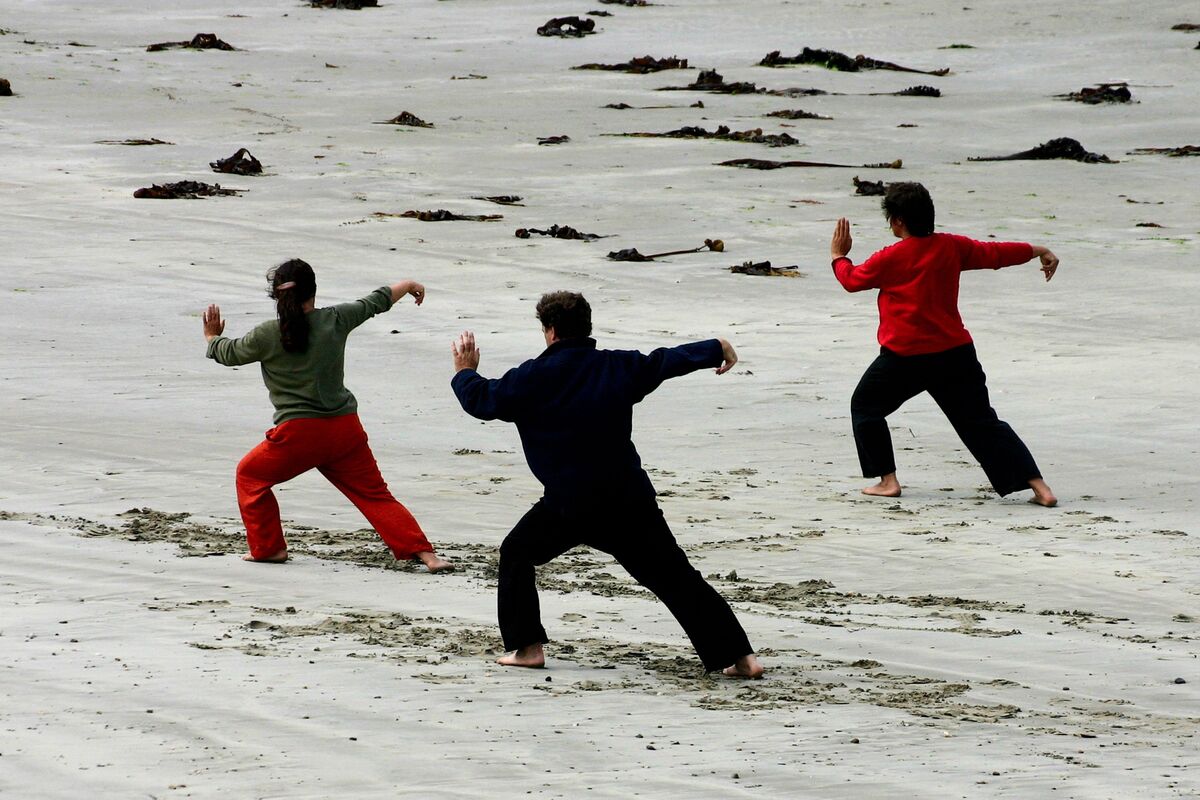
Chi Kung has several movements and breathing techniques, both with the purpose of helping the flow of IQ through the body, as well as helping the practitioner find balance within themselves.
Over time, the Qigong schools around the world have popularized some of these movements and breaths. Below, we will talk about the main movements and breaths present in the Qigong practice today. Check it out!
Tai Chi Breaths
Tai Chi breathing consists of eight exercises, in which practitioners must regulate their breathing in harmony with their body's movements. Thus, its purpose is to open the doors present in the energy channels, so that the IQ can flow freely through the body, besides also seeking the practitioner's body balance and development.
Elementary respirations
In the practice of Chi Kung, elementary breaths are exercises of great importance. They help in the purification of the mind and heart.
Thus, these breathing exercises cause the body to release serotonin, which, in turn, brings sensation of pleasure to the practitioner. It clears your mind of negative feelings and emotions, such as fear, anguish and anxiety.
Baduanjin
Baduanjin is a set of eight Chi Kung exercises, which aim to invigorate and strengthen the whole body. These movements are practiced throughout China, and the most amazing thing is that they have not been changed for almost a thousand years.
In the beginning, Baduanjin was used by the Chinese army, with the focus of giving strength and health to their soldiers, and also helping them with stress and anxiety relief.
Ershibashi
Ershibashi is one of the most famous sequences of Chi Kung. Its movements are based on Tai Chi, being soft and fluid.
In addition, all of the Ershibashi movements are simple to reproduce, but all of the exercises must be done very calmly and with concentration. Each of these movements aims at something different, and all are beneficial to health.
Zhan Zhuang
Zhan Zhuang is a sequence which has great importance for Chi Kung, since it is one of the basic sequences of the practice. This sequence consists in performing meditation postures standing up.
For those who wish to evolve in Chi Kung, they should regularly practice the Zhan Zhuang postures, because they are the basis for the development of IQ. The sequence also helps in the development of the practitioner's concentration, since it is an exercise that requires a lot of focus from the practitioner, besides helping to develop physical and mental strength.
What are the adjustments applied to Chi Kung in the 21st century?
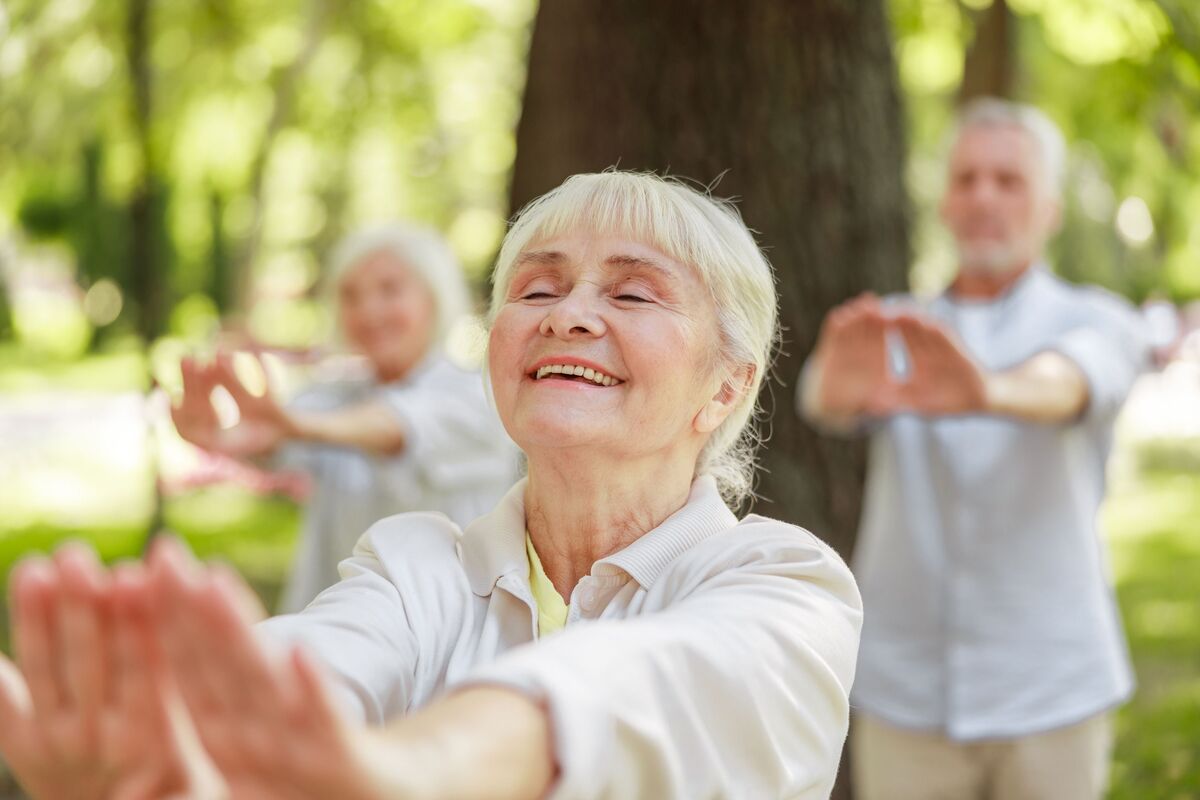
There have been some adjustments in Qigong in the current times. These adjustments had their beginning in São Paulo, when two researchers decided to unite their eastern and western knowledge, proposing the so called somatic Qigong.
So, somatic Qigong is composed and organized by the same principles of the original Qigong, but the differences between them are in some aspects like didactics, because, with the passing of time, it has changed and evolved a lot, and also in the deepening of body consciousness.
In this way, these differences occur due to the evolution of humanity, as we study more and more deeply about the practice.

